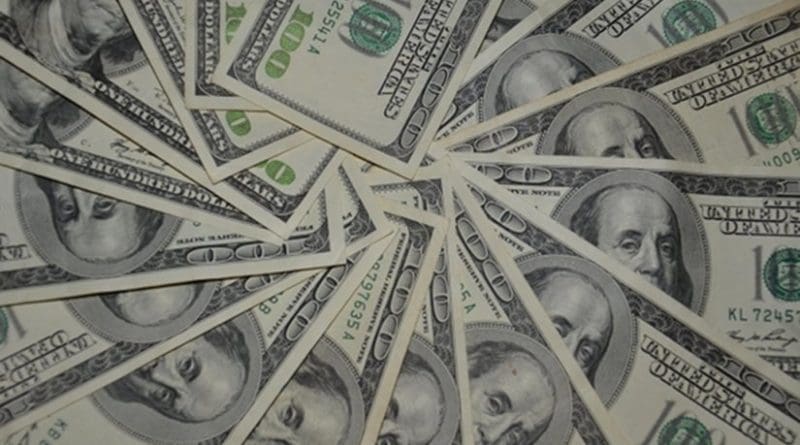US Inflation Shows Little Evidence Of Accelerating – Analysis
By CEPR
By Nick Buffie*
The December price report showed a modest increase in the overall rate of US inflation, however the core remained unchanged from its rate over the last year. Between December 2015 and December 2016, the overall CPI rose 2.1 percent. This compares to a 1.7 percent year-over-year increase in November. The core inflation rate over this period was 2.2 percent, which is essentially the same as it has been over the past few months.
The rise in the overall CPI is entirely due to a jump in energy prices in recent months. Energy prices rose 1.5 percent in December, the fourth consecutive month in which they have increased by more than a full percentage point. This follows declines in 2015 and earlier in 2016. The energy index is up by 5.4 percent over the last year.
Core inflation from December 2015 to December 2016 was 2.2 percent; this is no different from the 2.2 percent inflation rate we get when comparing the last three months of 2015 to the last three months of 2016. Given no reported movement in the rate of price growth, the underlying forces determining economy-wide inflation don’t appear to have changed recently.
In terms of the 2.2 percent core inflation rate, the main factor keeping inflation even that high is housing. Between the last three months of 2015 and the last three months of 2016, shelter costs rose 3.6 percent. If we exclude the increase in shelter prices, core inflation would’ve been just 1.1 percent during that time.
In other categories, prescription drug costs are up 6.2 percent of the past year, while the prices for nonprescription drugs are down 0.6 percent. The former is more important to family budgets with a weight in the CPI of 1.4 percent, while nonprescription drugs have a weight of less than 0.4 percent.
For Americans considering traveling, airline flights are becoming cheaper, while car and truck rentals are becoming more expensive. Prices for the former fell 4.7 percent over the past year, while prices for the latter rose 10.5 percent.
Finally, college students will likely welcome the fact that college tuition and fees rose just 2.3 percent, almost in line with economy-wide inflation. On the other hand, prices for college textbooks rose 6.1 percent, which stands in stark contrast to the 3.3 percent decline in the prices of recreational books. Parents of young children have some reason to celebrate as well, given large reported declines in the prices of toys (down 8.7 percent), infants’ and toddlers’ apparel (down 2.5 percent), and infants’ equipment (down 7.1 percent).
The Producer Price Index (PPI) showed a year-over-year price increase of 1.6 percent, which is somewhat higher than what was reported in previous months. Notably, the PPI’s overall inflation rate was the same as its core rate, indicating that the upward trend in overall inflation isn’t just being driven by food and energy prices.
One industry that reversed years of falling prices was mining. After three straight years of falling prices, mining companies reported a 4.7 percent jump in prices in 2016. The price increase was widespread within the sector: coal mining companies raised their prices 1.6 percent; mineral mining and quarrying companies raised their prices 1.4 percent; and metal ore mining companies raised their prices a whopping 16.3 percent. The latter increase seem to have worked its way into the prices of manufactured goods as well: manufacturers of primary metals raised their prices 6.6 percent in 2016 after cutting them 15.1 percent in 2015. Inflation in these sectors can be erratic at times, so it isn’t clear if this past year was an anomaly or a harbinger of future price increases.
The Export-Import Price Indexes showed modest inflation that was driven predominantly by rising fuel and food prices. Overall, export prices rose 1.1 percent over the past year, while prices for “core” exports fell 0.1 percent. Import prices went up 1.8 percent during the same time, but fell 0.4 percent for items other than foods and fuels.
Taken as a whole, recent data seem to indicate that inflation is stabilizing or slowly creeping upward if higher energy costs are passed through to other sectors. However, the overall data don’t give much reason to fear that the Fed will overshoot its inflation target anytime soon.
*Nick Buffie is a Research Associate at the Center for Economic and Policy Research (CEPR) in Washington, DC.

